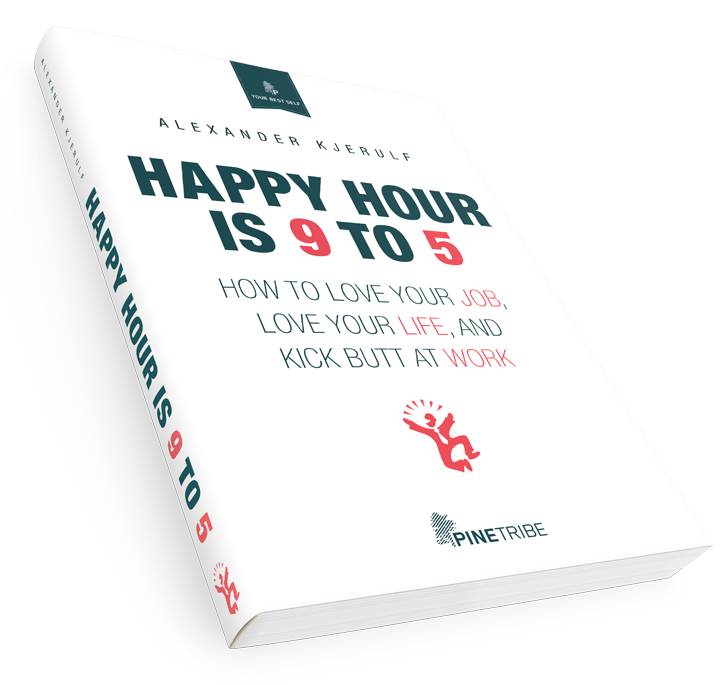
Last year I did a workshop for a client in Copenhagen whose main problem was that they were just way too busy. They’re a trade union and new legislation meant that they got an influx of new government-mandated tasks but budget constraints meant they couldn’t hire more people.
Consequently they were increasingly falling behind on their work, through no fault of their own. They have an internal IT system that tracks every open case and they were currently 3,000 cases behind.
Even though this was due to circumstances outside of their control, knowing that they were behind made everybody stressed and irritable. They also felt a responsibility towards their members – every delayed case meant that one of their union members was waiting for an important answer or potentially weren’t being paid money they were owed.
This situation is becoming familiar in many workplaces where there is simply more work than resources. Typically management will bombard employees with information showing the current lag, which only serves to make people frustrated and unhappy at work.
So what can you do instead? Here’s what we did in our workshop with this client.
I pointed out the fact that they were currently behind by 3,000 cases. Everybody had heard that number – it had been sent out en emails and mentioned in countless meetings. I then gave the group 30 post-its notes and told them that each post-it represented 100 open cases.
I asked them to stick those post-its on the wall. It looked like this:

I asked how looking at that made them feel and they said things like “I feel hopeless,” “I feel like we’re failing our members,” and “I don’t see how we can ever catch up.”
Then I gave them 900 more post-it notes and asked the group to stick them on the wall next to that. It looked like this:

I told them that I’d checked their IT system, and in the last 12 months they had completed 90,000 cases. Each post-it represents 100 cases – hence 900 post-its.
I asked how they felt looking at this and they said things like “I feel proud,” “I feel like we’re making a difference,” and “I feel hopeful.”
Interestingly, the year before that they’d processed 73,000 cases so they had actually become much more productive, but had never focused on that. Instead their focus was only ever on how much they were falling behind.
This gave them renewed energy to tackle their increased case load. They also came up with their own way to track progress, using a whiteboard in their cafeteria:

They use it to track monthly completed cases. They’d set a goal for March of 1,000 cases – and reached it on March 17th. Note how they had to extend the scale upward with a piece of paper because they completed much more work than planned.
In short, focusing on the work they completed (instead of how much they were falling behind) allowed them to catch up over a period of a few months.
Sadly, many workplaces do the exact opposite. When teams fall behind, they are constantly told exactly how much. I’ve seen workplaces send out weekly emails with red graphs showing the current lag. I’ve seen the same graphs hanging in offices, cafeterias and being presented in every department meeting.
The problem is of course that this makes employees frustrated, hopeless and unhappy. The work of Harvard professor Teresa Amabile has shown that the most important factor that makes us happy at work is perceived meaningful progress in our work and that the absence of progress makes us unhappy.
And of course we know from the research that happy employees are more productive, creative and resilient.
In short, this means that most workplaces set up a vicious cycle:
- There’s too much work compared to the available resources
- Employees are constantly told that they’re falling behind
- Employees become unhappy at work
- Employees become less productive
- Less work gets done
- Back to 1
So that’s my challenge to your workplace: How can you highlight and celebrate the work that gets done, instead of only feeling bad over the work that’s not yet completed?
Related posts
 Yet another study confirms what we all know: Giving employees positive feedback leads to more happiness at work, less stress and better performance:
Yet another study confirms what we all know: Giving employees positive feedback leads to more happiness at work, less stress and better performance:










 Here’s
Here’s 

